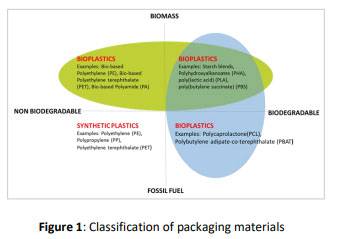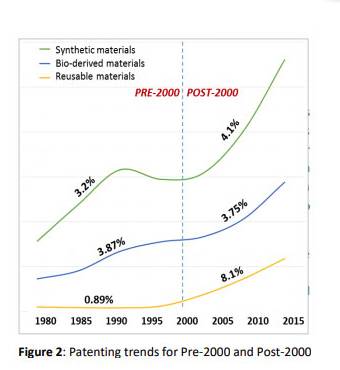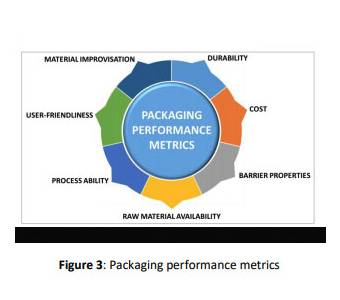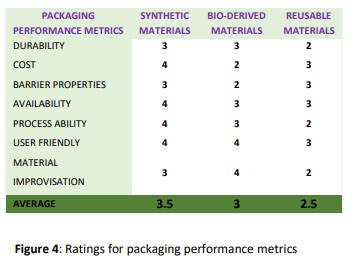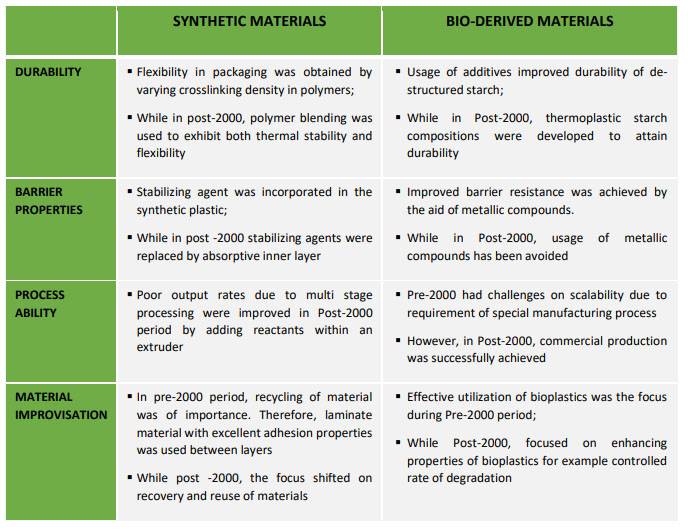Packaging is an integral part of a product in today’s developed world. And yet, with today’s environmental concerns, reducing waste and energy usage while increasing overall product sustainability has been the priority. A major challenge faced by packaging technology advancement relates to sustainable packaging. Innovation in sustainable packaging technologies can play a vital role in supporting the United Nations (UN) 2030 agenda – “Transforming our World: The 2030 Agenda for Sustainable Development”. However, sustainable packaging is no longer just recycling-focused; rather, it now has multiple dimensions to qualify – serving consumer preferences and enabling business growth while promoting environmental protection. Other drivers are government regulation, public health and retailers. Stringent measures adopted by governments, such as directive 94/62/EC [1] by the European Union, the National Environment Agency (NEA) of Singapore’s [2] mandatory requirements for sustainable packaging are examples of government initiatives. Companies such as The Coca-Cola Company, Danone, BASF [3,4,5], and others are proactively developing initiatives or materials for sustainable packaging which also give them a competitive advantage. Large retailers such as Amazon, Walmart [6] and others are developing supply chain processes to progressively meet their targets of sustainability. The sustainable packaging market is estimated to reach USD 303.60 Billion by 2020, with a projected CAGR of 7.17 % from 2015 to 2020 [7].
What do these encouraging developments suggest?
Sustainable packaging is no longer a nice-to-have, but an essential part of doing business. In response to the vital needs of sustainable packaging, the industry has been focusing on innovation across three key areas – design, materials and manufacturing techniques.
Sustainability goals focus on the following points:
- Reducing weight and volume of packaging
- Eliminating or minimizing toxic additives
- Reducing energy consumption
- Creating sustainable business models
Given that the scope of research for sustainable technologies is vast, the current study puts an emphasis only on the relevance of packaging materials in sustainable packaging development. Packaging materials play an important role in the packaging value chain, as it usually comprises of over half of the total cost of packaging.
Where it all began…
Evolution of packaging began with natural sources such as bark, leaves, leather, etc. Later, considering their strength and durability properties, glass, metal and ceramics gained popularity. In the early 20th century, milk was commonly transported in glass bottles. However, these materials had their own disadvantages with regard to fragility, flexibility, manufacturing cost, hygiene issues and ease of delivery. This was when thermoplastics came into the picture and replaced the earlier packaging materials. But their disadvantage is that they are not found to be environmentally friendly. With the awareness of environmental friendly packaging commencing in the late 80’s, research on biodegradable materials began. In order to assess how packaging raw materials can address the sustainability requirements, the following methodology was adopted to derive our insights.
Step 1: Categorization
As packaging materials spans across a wide spectrum, it was first necessary to group those into three broad categories based on their material characteristics as per Figure 1:

